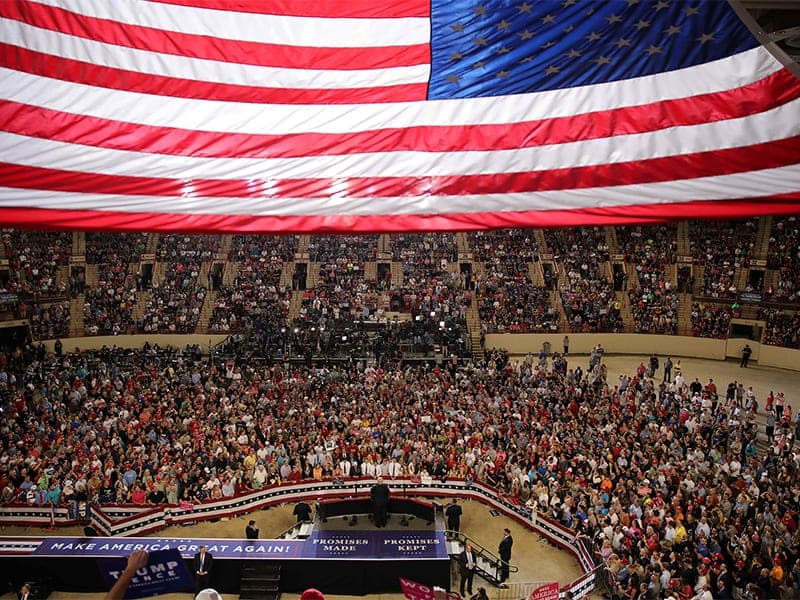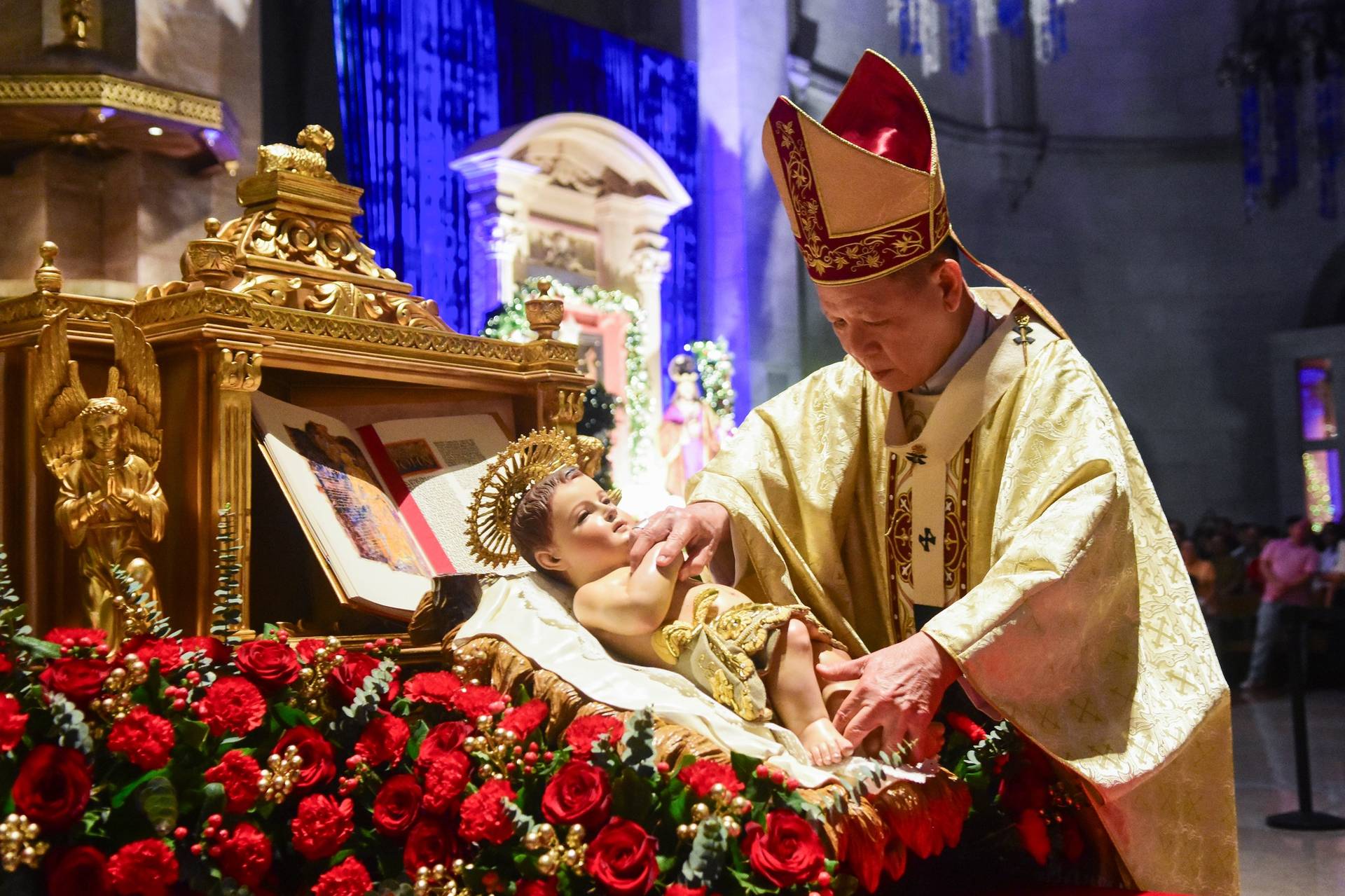In the first few months of his administration, President Donald Trump has offered a new definition of what it means to be American. His executive orders on immigration and religious liberty have sparked fiery debates about whether it’s appropriate — or constitutional — to shape our national identity using religious narratives or customs.
In the midst of a raging discussion about what it means to be American, it is worthwhile to reflect on the profound ambivalence of American civil religion — perhaps the most powerful force for creating a shared national identity.
In 1967, Robert N. Bellah’s seminal essay, “Civil Religion in America,” created a template for how both the right and the left defined civil religion to cultivate a sense of belonging, particularly in an era of turbulence. During this period of increasing polarization, Bellah’s words are more relevant than ever.
Bellah defined civil religion as “a collection of beliefs, symbols, and rituals,” drawn from American history and “institutionalized in a collectivity” that function “not as a form of national self-worship but as the subordination of the nation to ethical principles that transcend it in terms of which it should be judged.”
He pointed out that quasi-prophets like Thomas Jefferson, Abraham Lincoln, and John F. Kennedy articulated values that embody the country’s highest ideals — its national commandments.
These values, immortalized in Scripture-like speeches and founding documents, establish the basis for the construction of communities and evaluation of actions.
According to Bellah, Americans’ strong self-identification with these values motivates them to act in self-sacrificial ways, sometimes to the point of fighting wars to safeguard their country. In other words, their civil religious beliefs inspire self-sacrificial behaviors.

Now, on the 50th anniversary of Bellah’s essay, it’s time for Americans to formulate a new definition of civil religion that de-centers a belief in American ideals as the basis for civil religion.
Building on the work of Jonathan Haidt and others, this new framework reveals how civil religion is formed through a constant exchange among beliefs, behaviors, and experiences of belonging.
This model for understanding American civil religion explains why civil religion is such a profoundly ambivalent force.
Civil religion can inspire both exclusive ethno-nationalism and inclusive idealism and hospitality. The construction of an American civil religion may be credited with binding together a radically diverse nation, but the sanctification of our cherished beliefs, practices and communities may also be used to scapegoat the nonconformist and expel the other (as is being done now).
At its most inclusive, American civil religion includes capacious beliefs in core American values (life, liberty, the pursuit of happiness, justice for all); behaviors associated with national rites and rituals (Memorial Day, the Fourth of July, Thanksgiving) as well as more quotidian practices (protests, public free speech, petitions for the redress of grievances, free religious expression); and experiences of belonging (citizenship by right of birth or naturalization).
These three pillars of America’s civil religious identity can be interpreted broadly enough to establish the outer bounds of community, while offering room for debate and disagreement.
This civil religion strengthens a citizen’s identification with the nation by appropriating the building blocks of religious identity for nationalist ends. But there is a dark side to this inclusive civil religion: It can blur the boundaries between sacred and profane, weakening religion and casting the state as beyond reproach.
At its most exclusive, American civil religion proposes beliefs that demand absolute allegiance to our government, behaviors that require a willingness to take up arms to maintain the social order, and notions of belonging grounded in specific religious and racial identities.
The recent surge of ethno-nationalist rhetoric is the manifestation of a civil religion that inextricably connects American exceptionalism with white, Christian communities committed to the expulsion of immigrants and the establishment of “law and order.”
Exclusive civil religion does not necessarily begin with a coherent, consistent set of beliefs but rather with a general experience of belonging to groups that are or are perceived to be disenfranchised by globalization.
Civil religion can relate to an experience grounded in certain communal identity markers, implicitly linked with geography, class, and race. The civil religious remedy for this malaise requires a reestablishment of all three aspects of religious identity.
In the early part of his administration, Trump promoted certain beliefs, behaviors, and communities of belonging in an attempt to “reestablish” a so-called golden age when it was easier to define who was and was not American.
While his attempts to create in-groups and out-groups have reflected the particular way in which he tried to appeal to voters during his presidential candidacy, he follows a long-standing American tradition of imagining and sustaining an American civil religion based on beliefs, behavior and belonging.
We should reflect on what it means to believe, behave and belong in America.
No one person can answer this question, though Trump’s actions and rhetoric are already providing clues as to how discourse will be shaped over the next few years.
Ultimately, though, it’s the American people and the body politic that continuously creates and recreates America and its representative values. All nations, including the United States, are “imagined communities,” as sociologist Benedict Anderson writes.
It is up to Americans to imagine a communion that incorporates all its inhabitants, whether through civil religion or another force altogether.
Benjamin P. Marcus is the religious literacy specialist with the Religious Freedom Center of the Newseum Institute. Murali Balaji is director of education and curriculum reform for the Hindu American Foundation

















